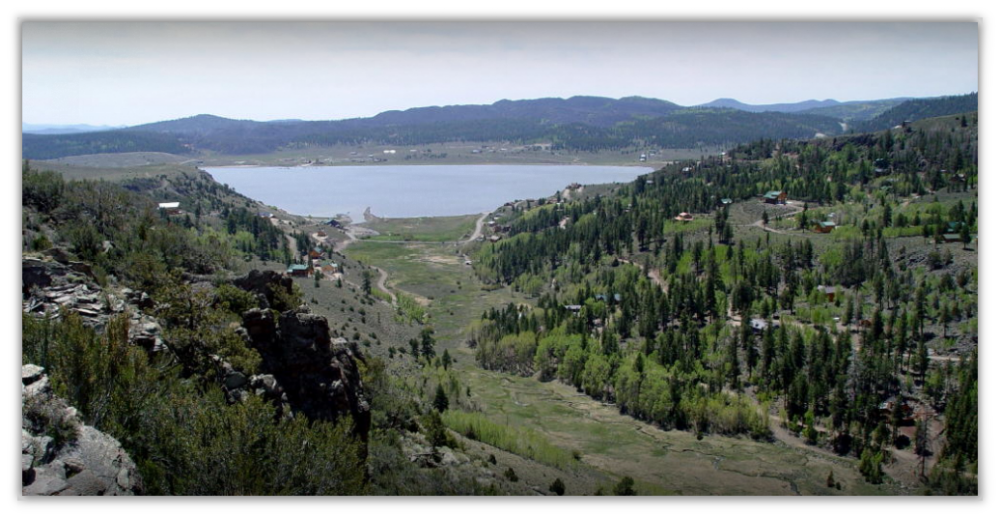The Annual Meeting of the Beaver Dam Village Home Owners
Association will be held on July 4, 2025
at 1 PM Utah Time at the Fire House
Association will be held on July 4, 2025
at 1 PM Utah Time at the Fire House
Notice: As of September 1, 2024, Road maintenance and Snow removal
will be handled by Jon Virga: Telephone (725) 666-4430
Campfire Guidelines
Annual Drinking Water Quality Report for Beaver Dam Village Special Service District is
available for your review

